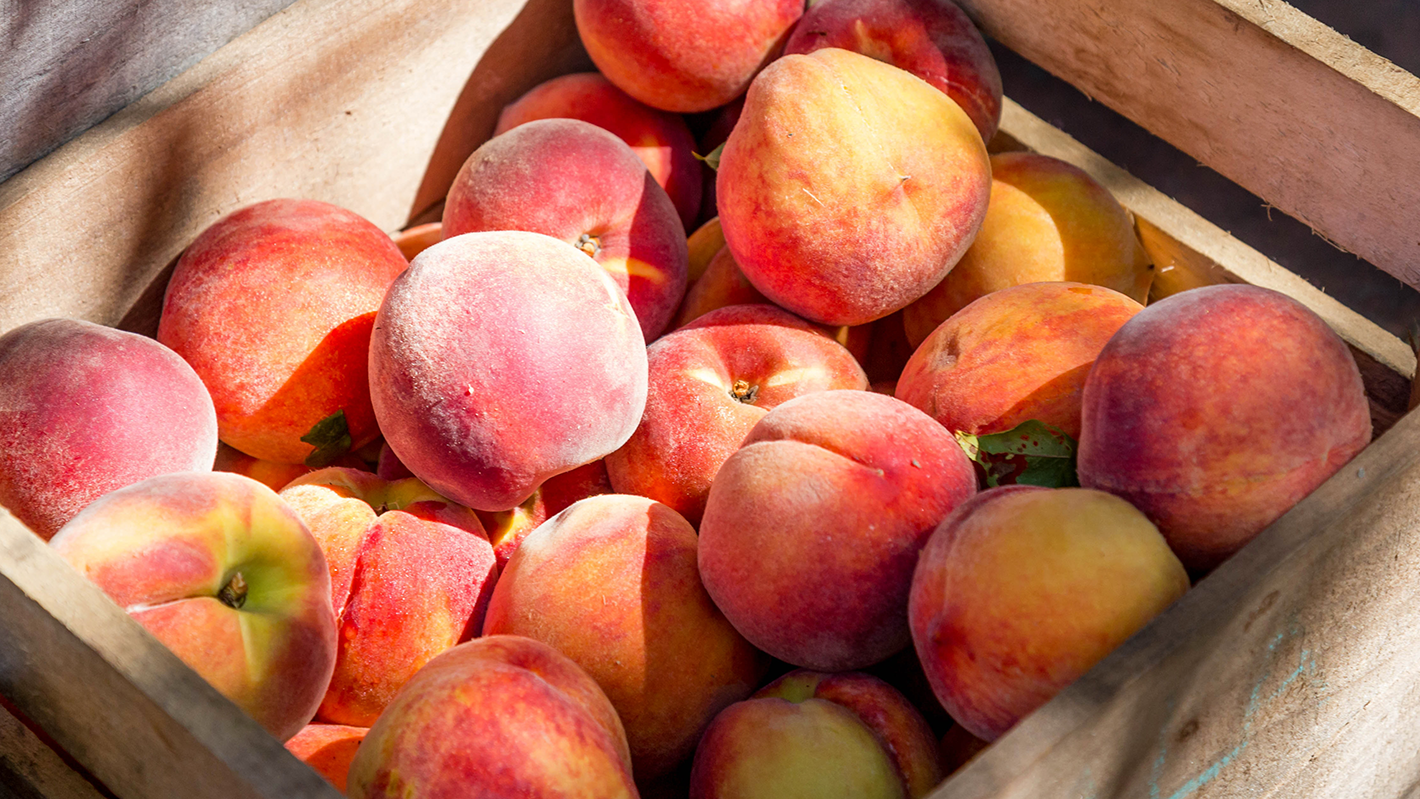Are Pinsas the new Pizza?

Are Pinsas the new Pizza?
by Melissa Enge
Is it a pizza? A calzone? A focaccia? No, it’s a pinsa- but what precisely is this trend the pinsa all about?
Let’s talk shape first, you know you’ve got a pinsa in your hand when the shape is more elongated than the traditional pizza- the word in fact comes from Latin “pinsere” that means to lengthen.
One Fast Casual Chain refers to the pinsa as “the mother of pizza”, around 1000 years old. This author is skeptical of that claim and believes the reverse to be true since the pizza has its origins traced back to ancient Greece. The pinsa does however incorporate old grains into its crust such as millet, barley, oats, spelt, soy, and rice. The main difference between the pizza and the pinsa is the crust. Wheat flour is standard for preparing pizza dough, in using the older grains or gluten free flour, pinsas have a lighter, fluffier, crunchier crust. Although recipes vary, pinsas also site a proofing time – sometimes 24-72 hours, more water and less salt as being the secret to their lighter crust.
Hotels, restaurants and bistros are diversifying their core menus with pinsas. Foodservice purveyors appreciate its versatility as it can pass as a snack or a main, the ingredients are flexible and given customer popularity the addition to their bottom line is also much appreciated. The lighter crust appeals to customers keen on avoiding the postprandial carb- bomb food coma. They find it easier to digest, a healthier alternative as tasty or even better than pizza.
Operationally speaking, pizzaiolos follow the same procedure with a pinsa as they would a pizza. Given the pinsas long history, they are best when cooked in traditional stone hearth ovens. For those still yearning for your very own stone hearth oven, a pizza stone substitute will have to do.
Happy Eating!


